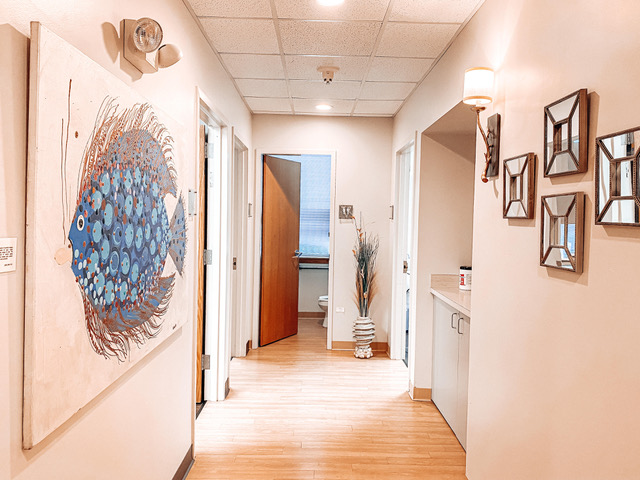A facelift, or rhytidectomy, is a cosmetic procedure designed to reduce visible signs of aging by lifting and tightening the skin of the face and neck. The procedure addresses sagging skin, deep folds, jowls, and loss of facial definition, providing a more youthful and refreshed appearance. It involves repositioning underlying tissues, removing excess skin, and refining facial contours. Facelifts can be customized to individual needs, including traditional, mini, and neck lifts. Recovery typically takes a few weeks, and results can last for years.


